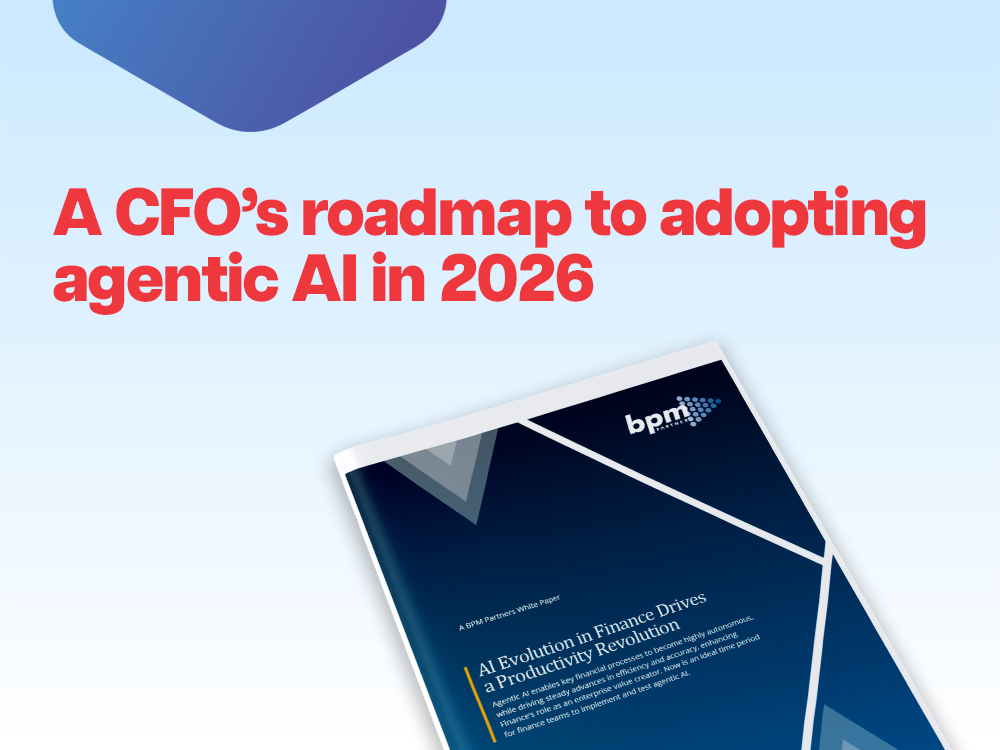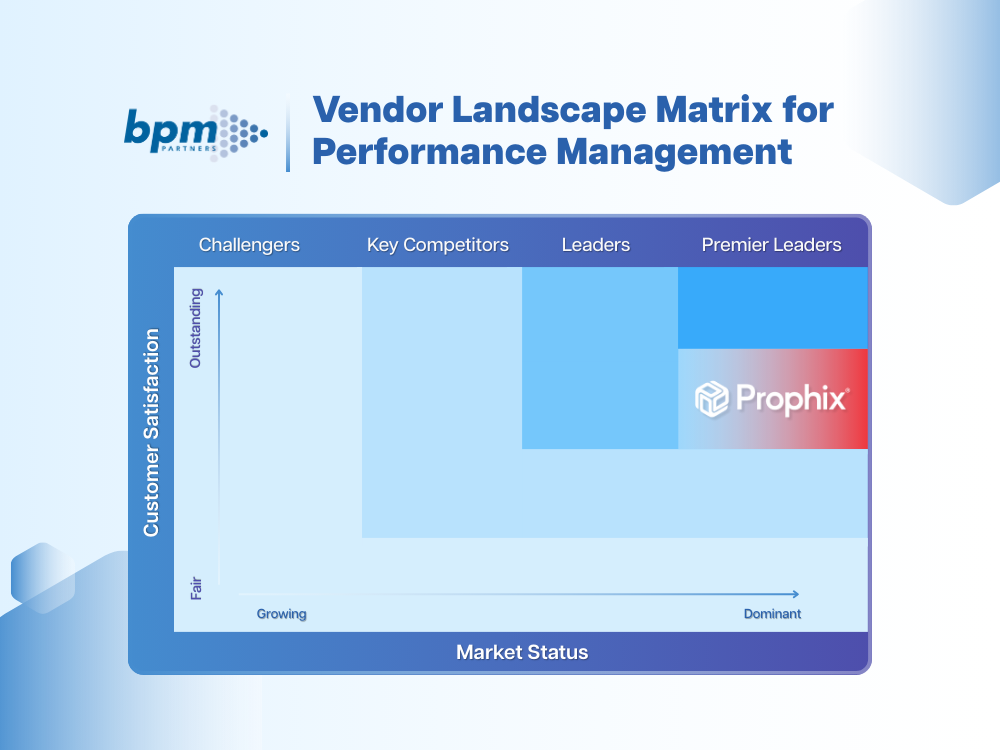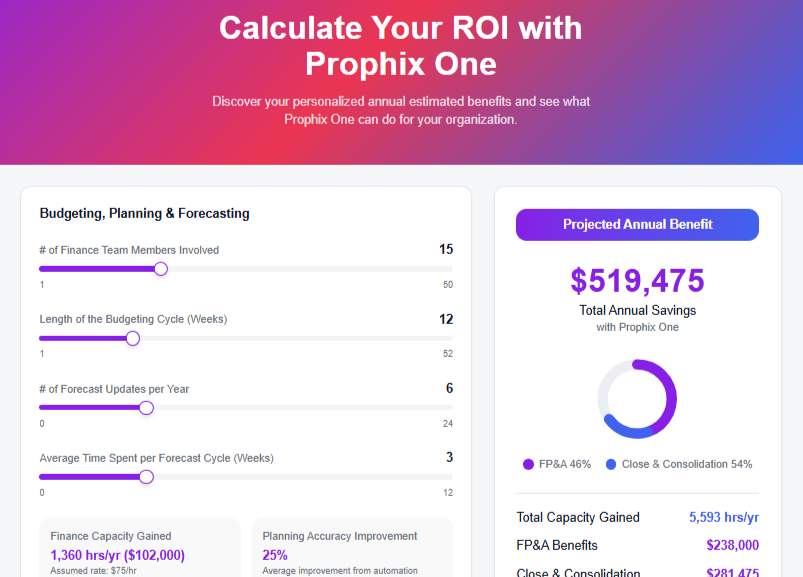Download Analyst Report
Pre- and post-close processes in finance—and why they matter
Financial close happens once a month—but it’s impact lasts for longer. A reliable close powers faster decisions, builds investor trust, and ensures compliance
September 4, 2025A clean, timely financial close lays the foundation for every other finance process.
The process happens once a month—but it’s impact lasts for longer. A reliable close powers faster decisions, builds investor trust, and ensures compliance. But for too many teams, closing the books is still reactive, chaotic, and error prone.
There is one part of the close process that can break down: the activities before and after the core close window. While most focus falls on the foundational pillars of close, like account reconciliation, intercompany eliminations, and consolidations, critical pre- and post-close activities like cash management, lease accounting, and disclosure management are overlooked.
These pre- and post-close processes directly influence the accuracy, efficiency, and audit readiness of your financial reporting.
Here’s how they contribute to a stronger, faster close and why they deserve more attention.
The role of cash management in financial close
Cash management plays a vital role in the close process. Strong cash visibility ensures that your financial statements accurately reflect your company’s liquidity and operational health.
How cash flow management supports financial close:
- Ensures accurate, validated cash flow statements
- Prevents delays in bank reconciliation and ledger accuracy
- Enables better short-term forecasting and planning
Accurate cash flow statements
Cash flow statements summarize operations, investing, and financing activities over your close period. Each component needs to be validated to ensure that stakeholders understand how cash is being generated and used.
If your cash flow data is miscategorized or incomplete—for example, a CapEx payment is miscategorized as OpEx—it can provide an inaccurate picture of your company’s financial health and lead to misguided decisions.
Quick tip: Cross-functional alignment between treasury and FP&A is key. Ensure all large transactions are validated before finalizing your cash flow statements.
Delays and inaccuracies can impact timely reconciliation
Bank transfers, vendor payments, and incoming receipts must be reconciled against the general ledger. Delays or mismatches, especially when you’re working with decentralized data, can stall your close or increase the risk of cash misstatements.
Quick tip: Automate your bank feeds and implement daily reconciliation tools to spot mismatches earlier and reduce last-minute surprises.
Better short-term forecasting and planning
Cash flow data isn’t just historical—it feeds into your rolling forecasts and informs decisions about spending, hiring, and investments. But one misstep can ripple across your entire planning cycle.
Quick tip: Make sure treasury and FP&A teams align on assumptions for inflows and outflows during the close. This ensures that your liquidity forecasts are rooted in reality, not outdated or assumed data.
The role of lease accounting in financial close
Lease accounting is more complex—and more important—than ever. Modern accounting standards (ASC 842, IFRS 16, FRS 102) now require organizations to recognize most leases on the balance sheet, making pre-close lease accounting a priority.
When handled well, lease accounting offers better transparency, supports compliance, and feeds into long-term planning.
How lease accounting impacts financial close:
- Ensures compliance with standards like ASC 842, IFRS 16, and FRS 102
- Impacts accuracy across your balance sheet and income statement
- Informs budgeting, forecasting, and capital planning
Compliance and audit readiness
Accounting standards require that right-of-use (ROU) and lease liabilities be recorded accurately. Compliance hinges on up-to-date lease data, like terms, classifications, payment schedules, and more. Non-compliance, which can be the result of disparate processes, can lead to restatements, fines and audit delays.
Quick tip: Maintain a centralized lease database. During close, ensure schedules are refreshed and lease modifications are captured to support audit readiness and reduce the risk of restatement.
Balance sheet accuracy and income statement accuracy
Lease terms directly affect liabilities, assets, depreciation, and interest expenses. If your lease data is incorrect, like outdated renewal dates or inaccurate discount rates, your financials can materially misstate obligations and expenses.
Quick tip: Create a lease review checklist for pre-close validation. Include key dates, payment schedules, and classifications.
Budgeting and forecasting impacts
Leases influence your ability to plan capital and operational spend. A new lease commitment or early termination can change your future cash flows and impact your liquidity planning.
Quick tip: Ensure that your lease data feeds into your financial models. This prevents your FP&A team from building forecasts on flawed assumptions.
The role of disclosure management in financial close
Disclosure management is the final piece of the close puzzle. It’s the process of compiling and validating your financial statements, narratives, and regulatory filings—and it’s where small inconsistencies can trigger big delays.
Streamlined disclosure workflows ensure that your close outputs are accurate, complete, and ready for regulators, auditors, and investors.
How disclosure management impacts financial close:
- Speeds up the reporting cycle with streamlined workflows
- Ensures consistency across internal and external reports
- Supports compliance with audits and regulatory requirements
Faster, streamlined reporting cycles
Disclosure management unites inputs from finance, legal, investor relations, and compliance. Without a coordinated process, final reports often suffer from last-minute edits, conflicting data, or delayed sign offs.
Quick tip: Use collaborative tools that allow for simultaneous editing, version tracking, and task assignment to reduce delays.
Ensures consistent, accurate reports
When different teams use different data sources, numbers can conflict across reports, leading to credibility issues and extra review cycles.
Quick tip: Establish one source of truth for financial data and narratives. Centralize ownership of key metrics to avoid discrepancies in investor decks, regulatory filings, and internal reports.
Supports compliance and audit readiness
Regulators require consistent disclosures aligned with frameworks like GAAP or IFRS. Missing or inconsistent information can delay filings and increase audit risk.
Quick tip: Maintain an audit trail for every disclosure. Use a sign off log to track who prepared, reviewed, and approved content. It reduces time spent justifying your numbers later.
A close you can trust, insights you can act on
A fast, reliable financial close doesn’t start or end with foundational processes. It’s built on strong pre-close inputs—like accurate cash and lease data—and disciplined post-close outputs, like robust disclosure management.
Cash management ensures you understand your liquidity. Lease accounting ensures your obligations are accurately reported. Disclosure management ensures your results are packaged clearly, consistently, and compliantly.
By investing in these areas, finance teams not only speed up the close—they also strengthen every downstream process, from forecasting to audits to investor relations.
Get your 3-step blueprint to a faster, smarter close
Insights for next-gen finance leaders
Stay ahead with actionable finance strategies, tips, news, and trends.





